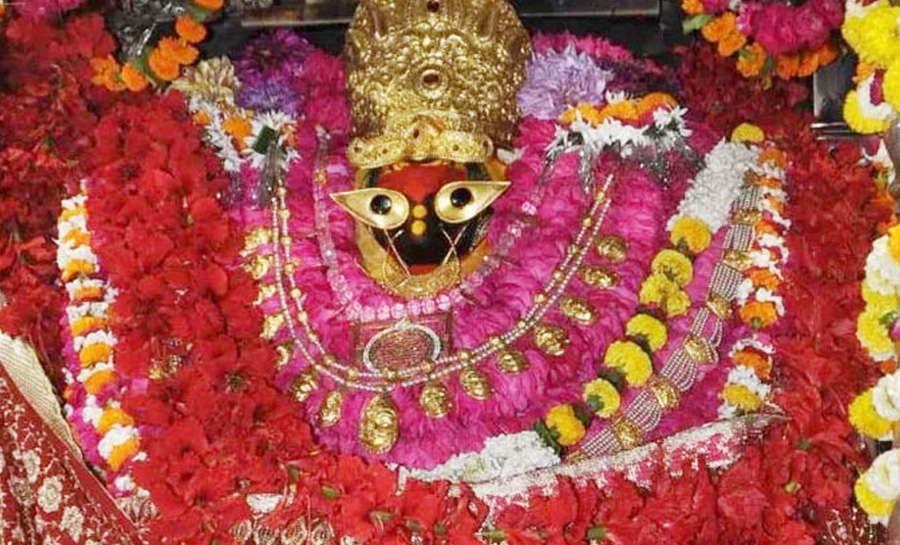In the Vedas it is mentioned that the establishment of Vindhyachal, a religious place near Mirzapur, is the center of pilgrimage in Vindhyachal, Shakti Peeth, Mirzapur district of Uttar Pradesh. The Vindhaswini Devi temple here is a major attraction and in order to invoke the blessings of the Goddess, Chaitra and Ashwin are filled with thousands of devotees during the Navaratri of the month. Other sacred places in the city are: Ashtabhuja Temple, Sita Kund, Kali Kha, Buda Nath Mandir, Narad Ghat, Garua Talab, Motiya Talab, Lal Bhairav and Kaal Bhairav Mandir, Ekadant Ganesh, Sapta Sarovar, Sakshi Gopal Mandir, Gurkhak Kund, Matsyendra Kund, Tarakeshwar Nath Temple, Kankali Devi Temple, Shivshiv Samoh Avadhut Ashram and Bhairav Kund
Tarakeshwar Mahadev Temple is located in Mirzapur city of Uttar Pradesh.Tarakswara Mahadev located in the east of Vindhyachal has also been described in the Purana. A pond is located near the temple. It is believed that Asak, a Taraka named Khud dug near the temple. Lord Shiva only killed Tarak. Therefore they are also called Tarakeswar Mahadev. A lot of Shivalinga is situated near the Kund. According to legend, Lord Vishnu had a dome on the west side of Tarakeswar and constructed the temple of Lord Shiva. In addition, it is said that Tarakeshwar is the home of Goddess Lakshmi. Goddess Lakshmi resides in the other form in the Vaishnavi form with the Goddess Saraswati.
 Maa Vindhyavasini Devi Temple is located in Vindhyachal, 8km far from Mirzapur, and around 80km far from Allahabad (Prayag) on the banks of the holy River Ganges in the Indian state of Uttar Pradesh. It’s one of the most revered Shaktipeeths of the presiding deity, Maa Vindhyavasini Devi. The temple is visited by huge number of people daily. A very Large congregations are held during Navratras in Chaitra (April) and Ashwin (October) months.The tradition song (Kajali) competitions are held in the month of Jyestha (June). The temple is located just 2 km from the Kali Khoh, an ancient cave temple dedicated to Goddess Kali.
Maa Vindhyavasini Devi Temple is located in Vindhyachal, 8km far from Mirzapur, and around 80km far from Allahabad (Prayag) on the banks of the holy River Ganges in the Indian state of Uttar Pradesh. It’s one of the most revered Shaktipeeths of the presiding deity, Maa Vindhyavasini Devi. The temple is visited by huge number of people daily. A very Large congregations are held during Navratras in Chaitra (April) and Ashwin (October) months.The tradition song (Kajali) competitions are held in the month of Jyestha (June). The temple is located just 2 km from the Kali Khoh, an ancient cave temple dedicated to Goddess Kali.